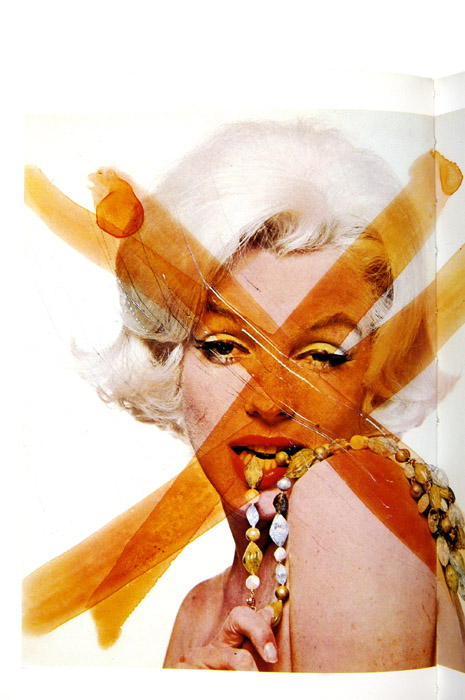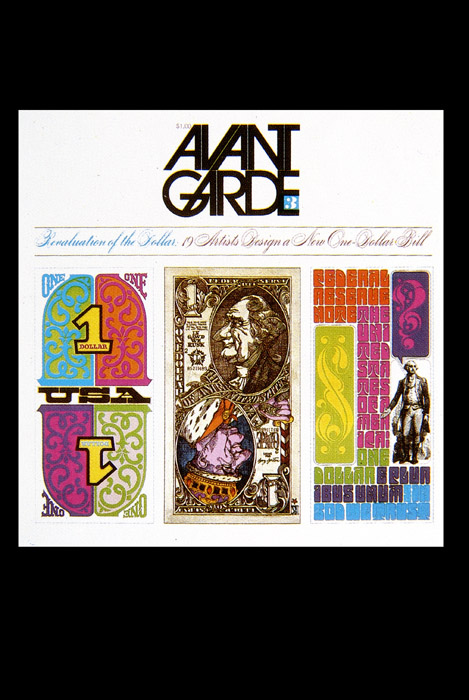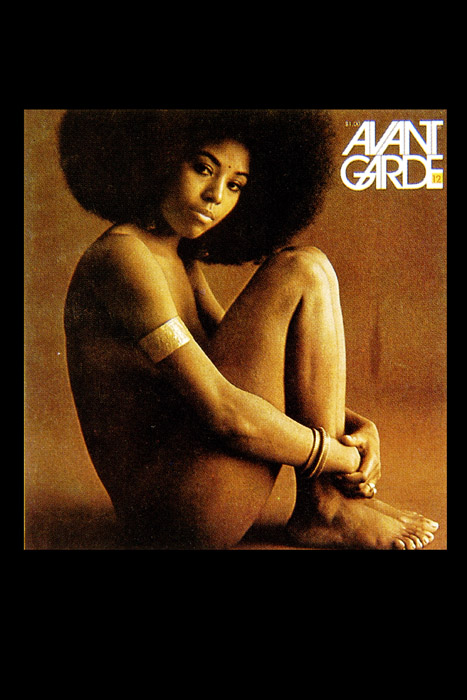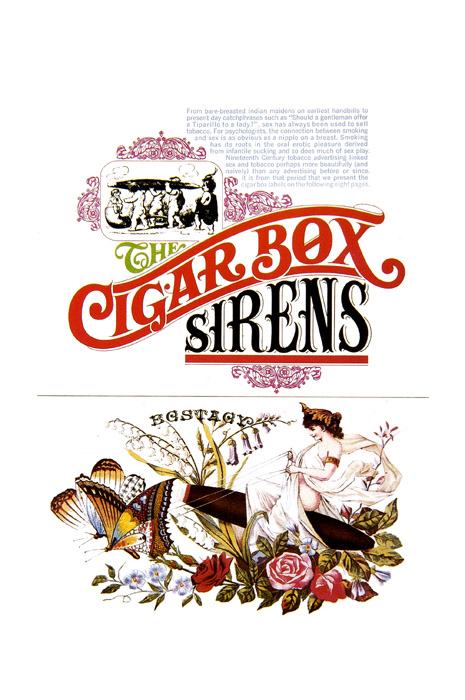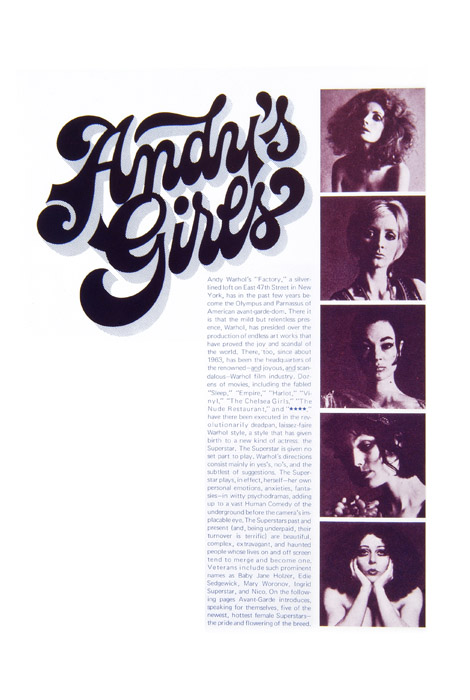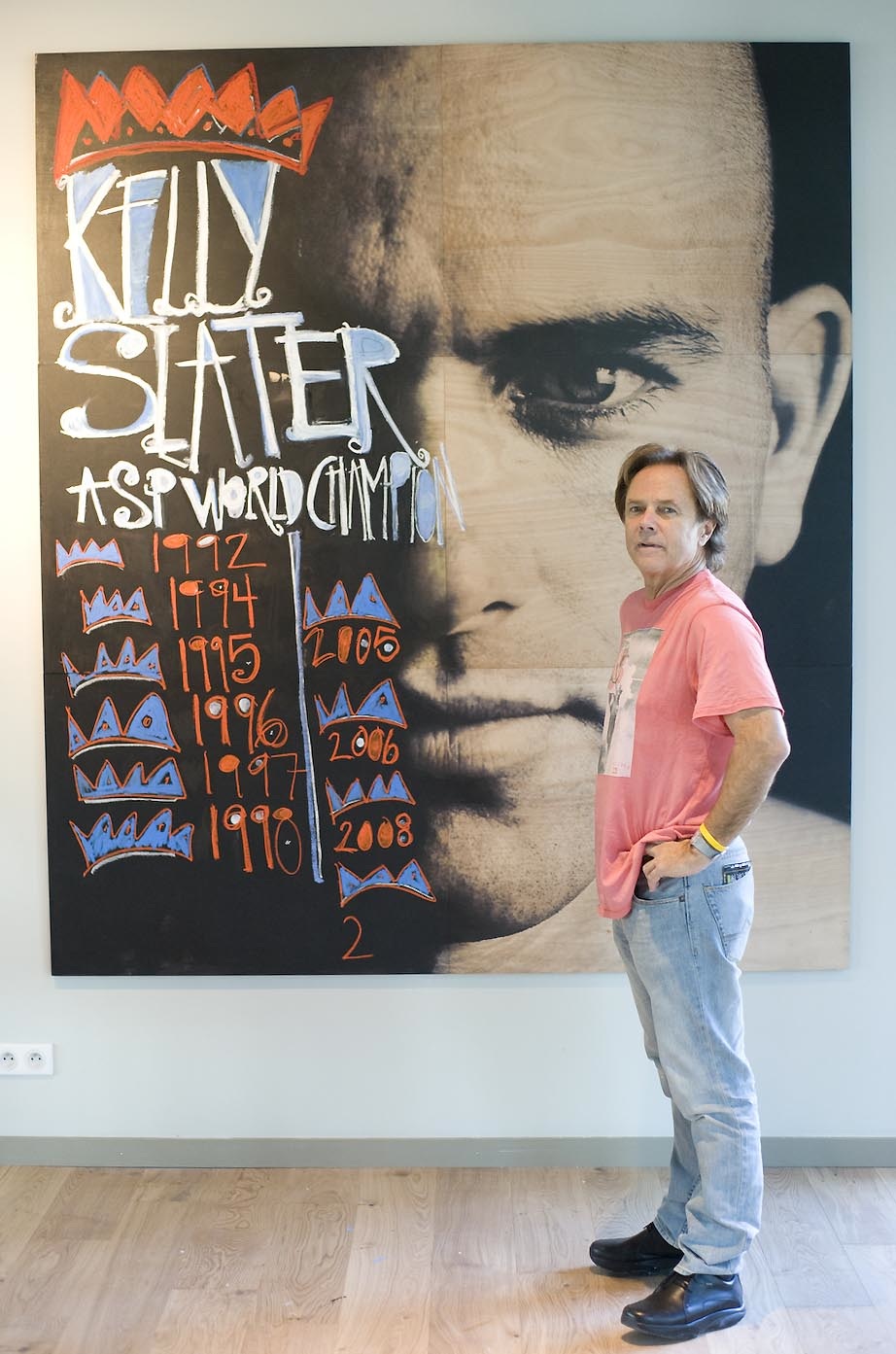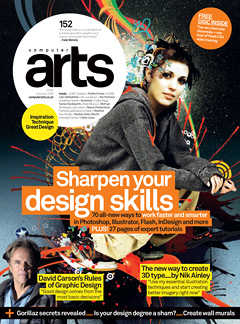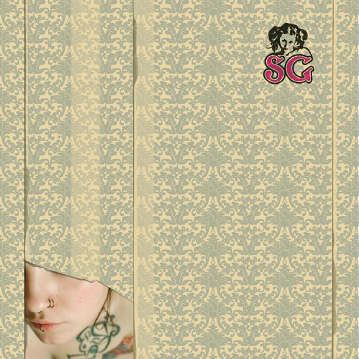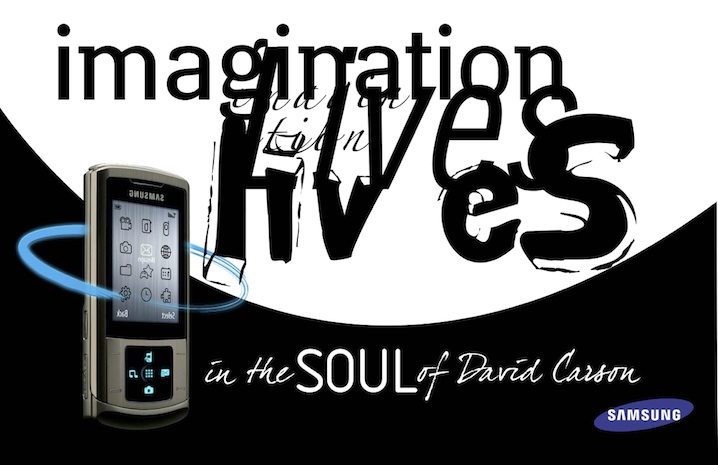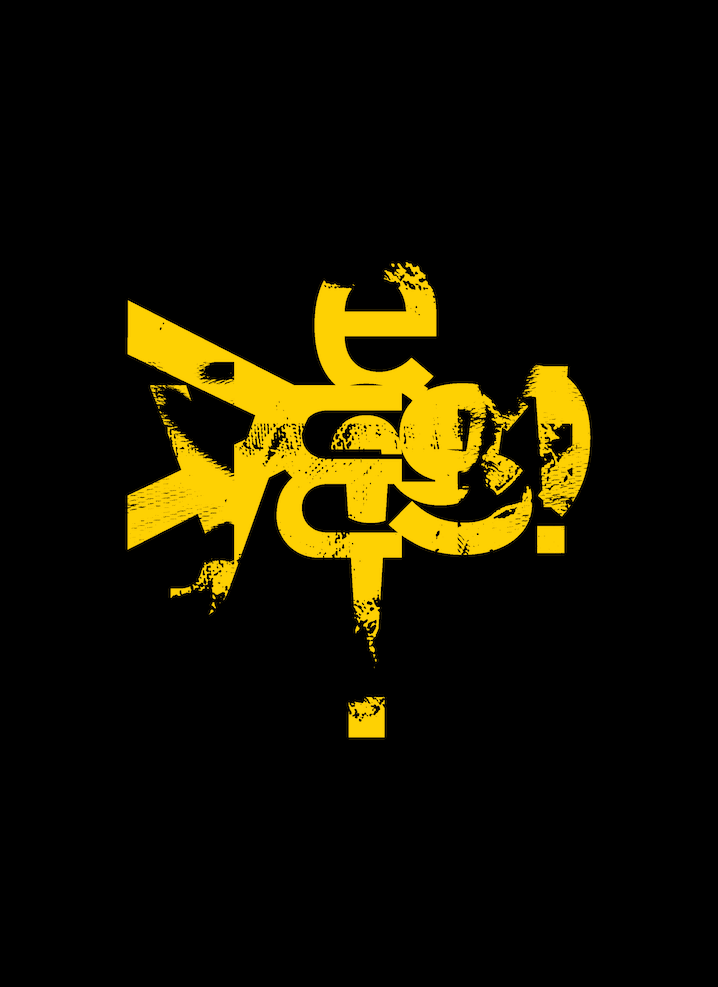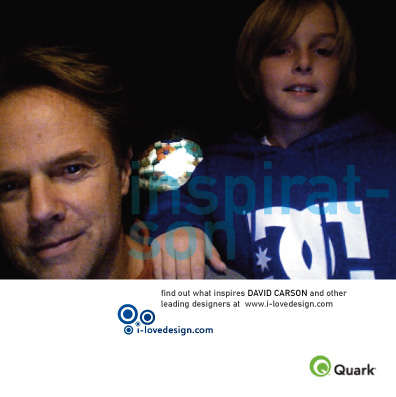
Shepard Fairey was born on February 15, 1970 Charleston South Carolina he is now a very well known and talented artist his works are mainly made up of Stenciling, collage and screen printing. He is very well known for his piece featuring Americas president Obhama which became a bit of a nightmare for him as he got himself into a lawsuit over it because he used a photographers image without her permission and they wanted their piece of the pie. Fairey has some amazing pieces he does alot of really good street art and apparently has been charged many times and now has a criminal record because of this he doesn't just paint canvas. Aparently he tries to use natural elements in his paintings aswel incorporating paint with a wheat mixture to created a colourful paste. Shepard fell in love with art from the age of 14 , after graduating from the Idyllwid School of Music and the Arts in Idlyllwid California in 1988 , he was excepted into the fancy and well known school Rode Island School of Design which is a very hard school to get into and will do wonders for a career maybe that’s why he is where he is now.
www.thegiant.org/wiki/index.php/Shepard_Fairey
http://arthistory.about.com/od/namesff/p/fairey.htm
en.wikipedia.org/wiki/Shepard_Fairey
ezinearticles.com/?Shepard-Fairey-Biography&id=2518955
www.infoplease.com/biography/var/shepardfairey.html







